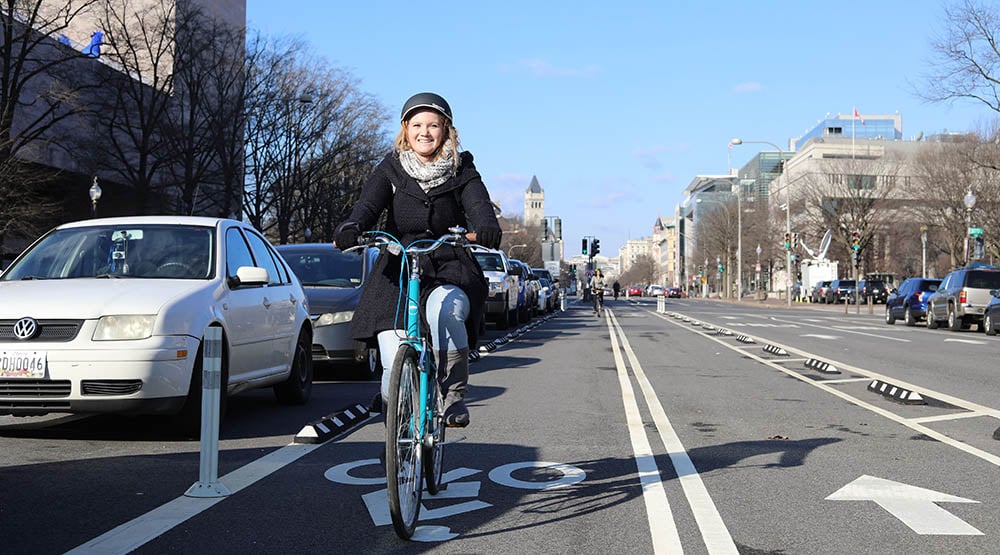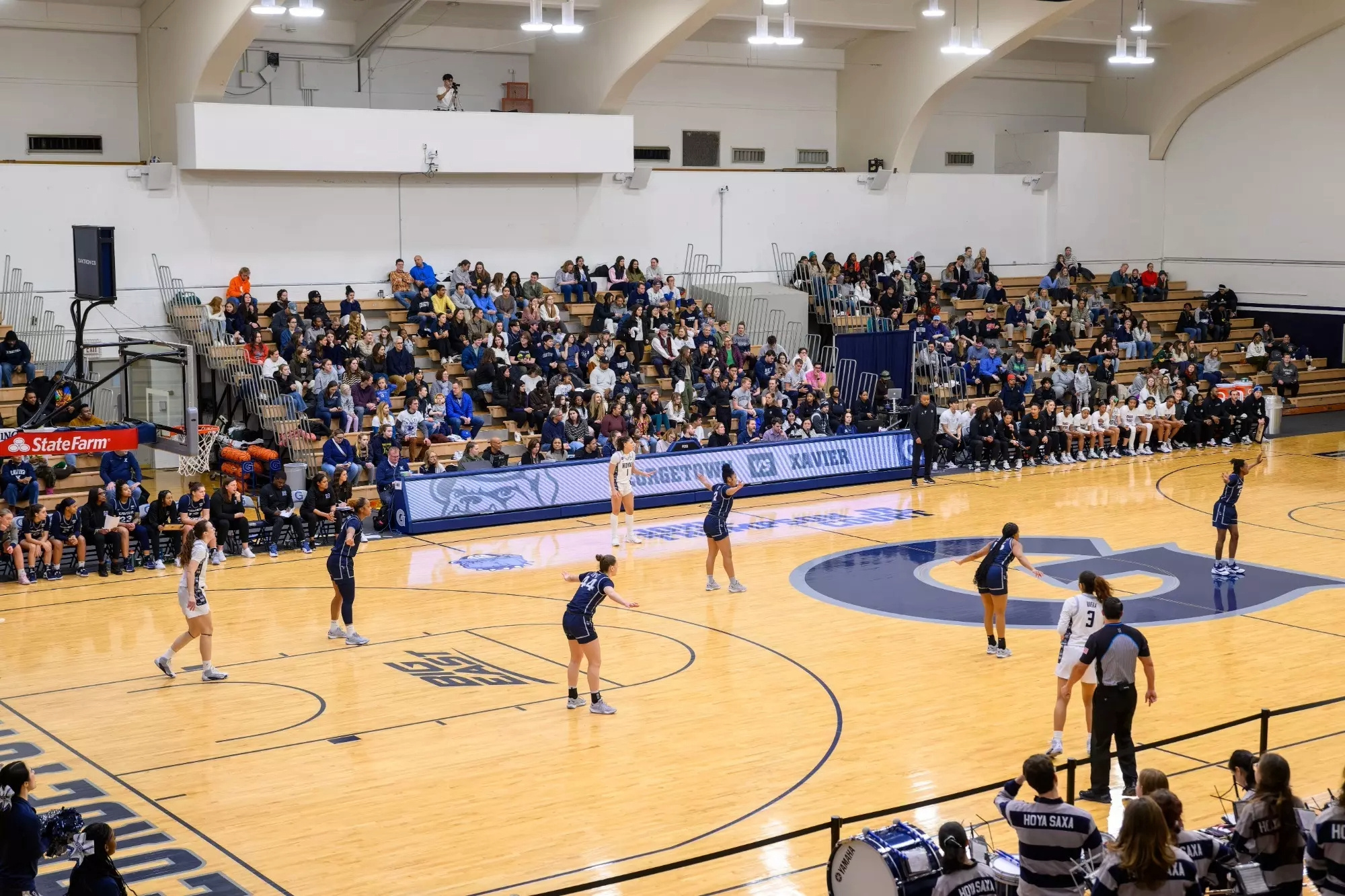Season's greetings bicyclists! Now that it’s officially fall, we know the change in weather can present some challenges, but we want to keep you on two wheels year round. With a little planning and a positive attitude, the cool fall season presents an ideal time to take bike rides. In fact, there are several benefits to riding a bike during the fall and winter seasons:
- No sweating: Dressing for cooler temperatures helps you remain comfortable, and most importantly dry, throughout the ride.
- Scenic views: You don’t have to travel far to experience awe-inspiring fall foliage and winter wonders. Riding a nearby trail on a clear day provides the perfect natural beauty backdrop. Or, greet the holiday season bicycling through the city and taking in all of the lights and free festivities like City Center's Palmer Alley Lights, the Downtown Holiday Market, and more.
- Healthy holidays: Between hearty meals and cross-country travel, biking during the holiday season can help burn calories and energize you for the rest of your day. It can also strengthen your immune system to help fight off those cold weather prone illnesses.
While there are many benefits of biking in the fall, it is important to be prepared. Check out the tips below so you can bike safely through the seasons.
Plan Ahead
- Routes: This year, daylight savings time ends on November 7, which means the days will be getting shorter and it will get dark a lot sooner. Download the 2021 DC Bike Map or use the goDCgo interactive map to plan your route before you ride. Using bike lanes helps you stay visible with a mass of other cyclists, and navigating to well-lit streets helps you see potholes and other obstacles well in advance.
- Weather: Check the weather forecast before you ride. From morning frost to evening showers, Mother Nature can quickly change her mind during this time.
Equipment & Maintenance
Make your riding experience more comfortable with these bike setup modifications.
- Lights: Since days are short and riding in the dark becomes more common, be sure to check your bike lights. Front lights are required by law. To see and be seen, a white light should be used in the front, either on the handlebar or the helmet, and a red light in the back. By law, you must have at least a rear reflector, but a red light is better. Make sure your lights are charged up, and keep a spare pair of batteries or bike lights just in case.
- Fenders: Fenders make a huge difference on wet days and do a great job of keeping you dry. If using Capital Bikeshare, you may notice their bikes go above and beyond by providing a fully enclosed skirt guard and chain cover.
- Tires: Wider tires with some tread add stability, traction, and control on seasonal surfaces that can sometimes be wet or even icy. Mountain bike tires work great for 26-inch wheel sizes, and cyclocross tires are a good fall/winter option for bikes with 700cc wheels.
What to Wear
Experiment with clothing combinations to find the best fit for you. As long as you keep pedaling with the right wardrobe, you'll generate warming from within. Hold just enough of this heat within your clothing and allow the excess to vent out to find the seasonal “sweet spot.”
- Base clothing: Start with a wicking base layer on your torso because it removes sweat and moisture from the body, keeping your skin dry. It's important to have wicking fabric in athletic clothing as you produce more sweat than usual. Cotton is not the best; instead, try polyester, polypropylene, wool, or nylon fabrics. Legs should be covered completely in the cold, but thick layers are not usually necessary. Workout pants, wind pants, athletic tights, or jeans are generally fine.
- Layering: Add a medium-weight layer such as a light fleece or wool shirt and finish off with a jacket. A windbreaker will be enough for temperatures around 40 degrees Fahrenheit, and a heavier jacket can be used for temperatures around freezing and below.
- Pro Tip: Wool-base layers and a light windproof jacket really add up to retain warmth without overheating as your body gets moving. You should be a little chilly when you first walk outside before your heart rate gets going, but wear layers in case you need to shed one or two as you ride.
- Reflective clothing: If the jacket is a bright color and/or has reflective strips, you will be more visible to others, which is important on dull winter days and dark mornings and evenings. Wearing reflective clothing or adding a reflective strap to a moving part, such as your ankle, makes it clear that you’re a cyclist in motion.
- Accessories: Warm gloves are important, especially when the temperature dips close to freezing, since hands do not generate much heat when biking and extremities can have poor circulation. Wind- and waterproof gloves or mittens can keep your fingers toasty on every ride. Bike-specific “lobster gloves” are great for the coldest days, keeping some fingers together for extra warmth without limiting your ability to use your brakes and gears. If it’s really cold, choose an insulated hat or headband that you can wear easily under your helmet.





.jpg)


